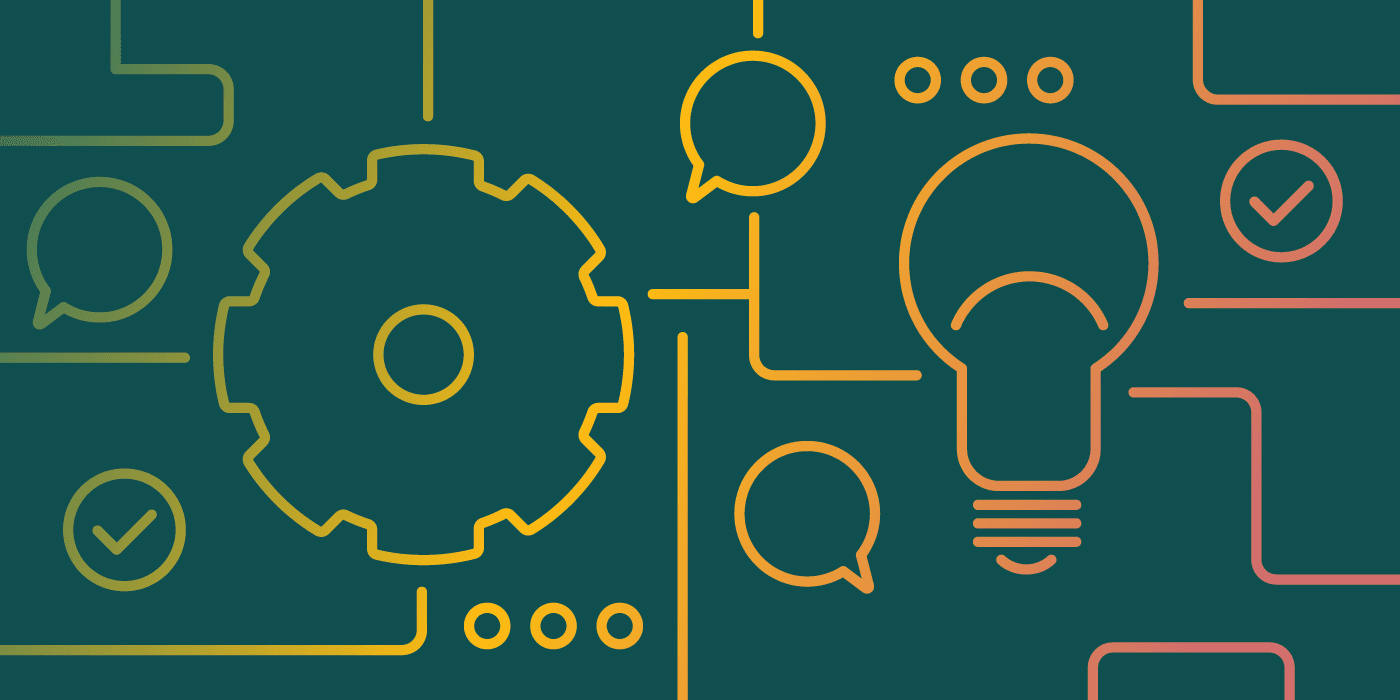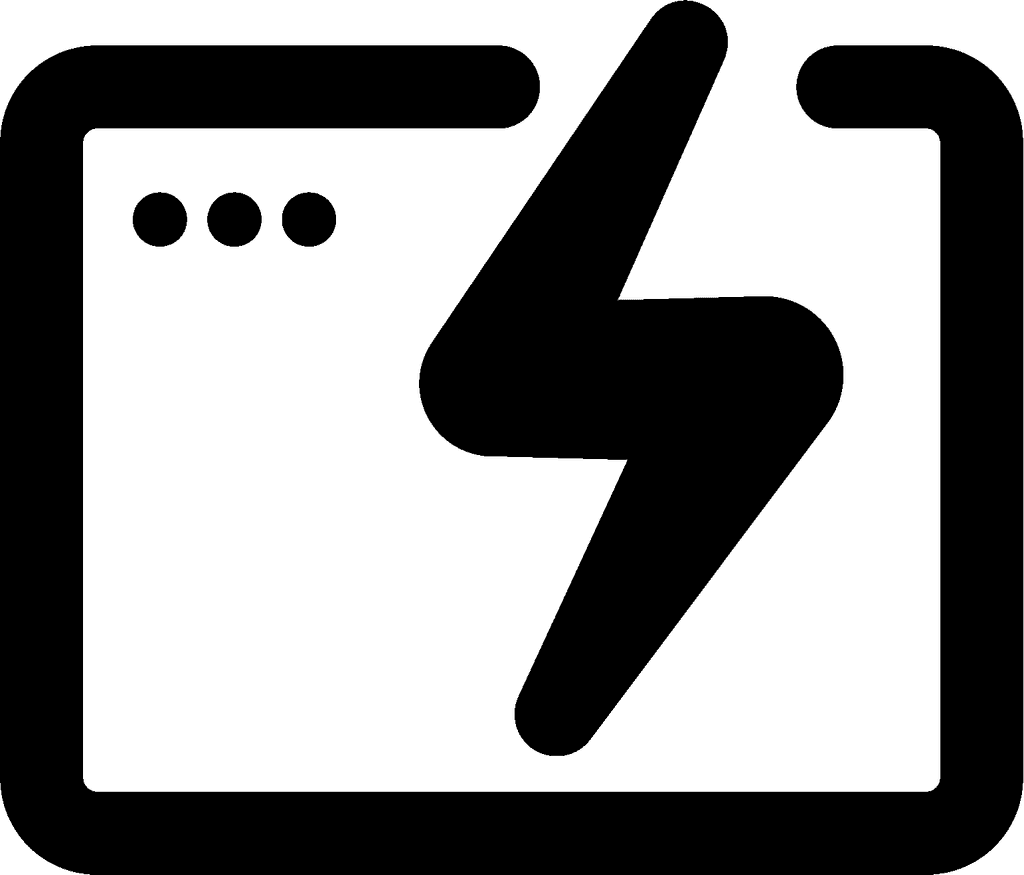AIOps vs MLOps: Key Differences and Use Cases in IT Operations
AIOps and MLOps are two critical approaches in the world of artificial intelligence and machine learning. While they share some similarities, these methodologies serve distinct purposes in optimizing AI-driven systems and workflows.
AIOps focuses on leveraging AI and machine learning to enhance IT operations, while MLOps streamlines the development and deployment of machine learning models. Both aim to improve performance and efficiency in their respective domains, but they target different aspects of the AI lifecycle.
AIOps integrates AI technologies into IT operations to automate tasks, predict issues, and enhance system reliability. MLOps, on the other hand, addresses the unique challenges of managing machine learning models throughout their lifecycle, from development to production deployment. Understanding the nuances between these approaches helps organizations effectively implement AI and ML solutions.

Fundamentals of MLOps and AIops
MLOps and AIops are two distinct approaches that leverage automation and artificial intelligence to enhance IT operations and machine learning workflows. These methodologies aim to streamline processes, improve efficiency, and ensure the successful deployment of AI and ML models.
Defining MLOps
MLOps, short for Machine Learning Operations, combines machine learning, DevOps, and data engineering practices. It focuses on the end-to-end lifecycle of ML models, from development to deployment and maintenance.
MLOps emphasizes collaboration between data scientists, engineers, and operations teams. It aims to automate model training, testing, and deployment processes.
Key components of MLOps include version control for code and data, continuous integration and delivery (CI/CD) pipelines, and automated model monitoring. These practices ensure reproducibility, scalability, and reliability of ML systems.
MLOps also addresses challenges like model drift, data quality, and regulatory compliance. It implements governance frameworks to manage risks associated with ML deployments.
Defining AIops
AIops, or Artificial Intelligence for IT Operations, applies AI and machine learning techniques to IT operations and management. It aims to enhance IT service delivery, automate routine tasks, and improve system performance.
AIops platforms collect and analyze large volumes of data from various IT sources. They use this data to identify patterns, detect anomalies, and predict potential issues.
Key capabilities of AIops include real-time monitoring, automated incident response, and predictive maintenance. These features help reduce downtime, optimize resource allocation, and enhance overall IT efficiency.
AIops also facilitates faster problem resolution by providing contextual insights and recommendations to IT teams. It can automate routine tasks, freeing up staff for more strategic initiatives.
Key Principles and Goals
Both MLOps and AIops share common principles aimed at improving operational efficiency and reliability. They emphasize automation, continuous monitoring, and data-driven decision-making.
Key goals include:
Reducing time-to-market for ML models and IT solutions
Enhancing collaboration between teams
Ensuring scalability and reliability of systems
Improving compliance with regulatory requirements
MLOps and AIops both strive to create feedback loops that enable continuous improvement. They leverage metrics and KPIs to measure performance and guide optimization efforts.
These methodologies promote a culture of experimentation and learning. They encourage teams to iterate quickly, learn from failures, and adapt to changing requirements.
AIops and MLOps in Action
AIops and MLOps drive efficiency in AI and ML workflows through automated processes and intelligent monitoring. They enable organizations to develop, deploy, and manage models at scale while ensuring performance and reliability.
Model Development and Training
AIops and MLOps streamline the model development process. They automate data preprocessing, feature engineering, and hyperparameter tuning. This accelerates the creation of high-quality models.
Version control systems track model iterations and data changes. Collaboration tools facilitate teamwork among data scientists and engineers. Automated testing ensures model accuracy and reliability before deployment.
MLOps platforms integrate with popular development environments. They provide reproducible workflows and standardized pipelines. This consistency improves model quality and reduces errors in the development cycle.
Deployment and Monitoring
AIops and MLOps tools automate model deployment to production environments. They handle scaling, load balancing, and resource allocation. This ensures smooth transitions from development to live systems.
Continuous monitoring tracks model performance and data drift. Automated alerts notify teams of potential issues or degradation. Dashboards provide real-time insights into model health and system metrics.
A/B testing capabilities allow for controlled rollouts of new models. Rollback mechanisms quickly revert to previous versions if problems arise. This minimizes downtime and maintains service quality.
Anomaly Detection and Incident Management
AIops leverages machine learning for proactive anomaly detection. It analyzes system logs, metrics, and user behavior patterns. This helps identify potential issues before they impact services.
Automated incident response systems trigger predefined workflows. They can isolate affected components and initiate recovery processes. This reduces mean time to resolution and minimizes service disruptions.
Root cause analysis tools correlate events across complex systems. They help teams quickly pinpoint the source of problems. Predictive analytics forecast potential future issues, enabling preventive actions.
AIops platforms integrate with existing IT service management tools. This ensures seamless communication and coordination during incidents. It also facilitates continuous improvement of incident response processes.
Technical Processes and Tools
AIops and MLOps involve sophisticated technical processes and tools to build, deploy, and manage AI and ML systems at scale. These approaches leverage automation and specialized platforms to streamline workflows.
Building AI and ML Pipelines
AI and ML pipelines form the backbone of model development and deployment. These pipelines encompass data ingestion, preprocessing, feature engineering, model training, and evaluation stages.
Automated pipelines enable consistent and repeatable processes. They facilitate version control of data, code, and models. This ensures reproducibility and traceability throughout the ML lifecycle.
Tools like MLflow and Kubeflow provide frameworks for building robust pipelines. They offer components for experiment tracking, model versioning, and deployment orchestration.
Automation and Scale
Automation is crucial for scaling AI and ML operations. It reduces manual effort and human errors in repetitive tasks. Automated processes cover data preparation, model training, testing, and deployment.
Containerization and orchestration technologies like Docker and Kubernetes enable scalable infrastructure. They allow flexible allocation of computing resources based on workload demands.
Continuous integration and deployment (CI/CD) practices automate the testing and release of ML models. This enables rapid iteration and frequent updates to production systems.
MLOps and AIops Tools
MLOps and AIops rely on specialized tools to manage the complexities of AI systems. MLflow offers an open-source platform for the ML lifecycle, including experiment tracking and model management.
Kubeflow provides a Kubernetes-native platform for deploying ML workflows. It simplifies the orchestration of distributed training and serving of models.
DataRobot offers an end-to-end automated machine learning platform. It covers data preparation, model development, and deployment processes.
These tools integrate with existing IT infrastructure and monitoring systems. They provide interfaces for collaboration between data scientists, engineers, and operations teams.
Integrating MLOps and AIops with Business
MLOps and AIOps integration delivers tangible benefits across industries. It enhances operational efficiency, ensures compliance, and drives innovation in healthcare, finance, and other sectors.
Role in Healthcare and Finance
In healthcare, MLOps and AIOps improve patient outcomes through predictive analytics. Hospitals use these systems to forecast patient admissions and optimize resource allocation.
Financial institutions leverage integrated MLOps and AIOps for fraud detection and risk assessment. Banks analyze transaction patterns in real-time, flagging suspicious activities instantly.
Insurance companies employ these technologies to streamline claims processing. Automated systems assess claims quickly, reducing processing times and improving customer satisfaction.
Ensuring Governance and Regulation Compliance
MLOps and AIOps help organizations meet strict regulatory requirements. Automated data governance tools ensure data quality and consistency across systems.
Financial institutions use these technologies to comply with anti-money laundering regulations. AI-powered systems monitor transactions and generate suspicious activity reports.
Healthcare providers implement MLOps and AIOps to safeguard patient data. These systems enforce access controls and maintain audit trails, ensuring HIPAA compliance.
Enhancing Productivity and Operations Efficiency
MLOps and AIOps streamline IT operations, reducing downtime and increasing productivity. Automated incident response systems detect and resolve issues quickly.
Manufacturing companies use these technologies to optimize production lines. AI-powered systems predict equipment failures, enabling proactive maintenance.
Retail businesses leverage MLOps and AIOps for demand forecasting. These systems analyze sales data and market trends to optimize inventory management.
Human resources departments employ AI-driven tools for talent acquisition and retention. Automated systems screen resumes and identify top candidates, saving time and resources.
Challenges and Best Practices
Implementing AIops and MLOps comes with several hurdles. Organizations must navigate data management, security concerns, and the need for ongoing innovation.
Managing Data and Privacy
Big data poses significant challenges in AIops and MLOps. Companies must handle vast amounts of information from multiple data sources while ensuring privacy compliance.
Implementing robust data governance frameworks is crucial. These frameworks help organizations maintain data quality, integrity, and accessibility.
Privacy regulations like GDPR and CCPA require careful consideration. AIops and MLOps systems must be designed with privacy in mind, incorporating techniques such as data anonymization and encryption.
Regular audits and assessments help identify potential privacy risks. Organizations should also provide transparent data usage policies to build trust with customers and stakeholders.
Security and Trust in AIops and MLOps
Security is paramount in AIops and MLOps implementations. Protecting sensitive data and AI models from cyber threats is a top priority.
Organizations must implement strong access controls and authentication mechanisms. Regular security audits and penetration testing help identify vulnerabilities in AI systems.
Building trust in AI-driven operations is essential. Explainable AI techniques can help make model decisions more transparent and understandable to users and stakeholders.
Continuous monitoring of AI systems helps detect anomalies and potential security breaches. Implementing robust incident response plans ensures quick action in case of security incidents.
Fostering Innovation and Continuous Improvement
AIops and MLOps require a culture of innovation and continuous improvement. Organizations must encourage experimentation and learning from failures.
Implementing continuous integration and continuous deployment (CI/CD) pipelines streamlines the development and deployment of AI models. This approach allows for faster iteration and improvement of AI systems.
Cross-functional collaboration is key to fostering innovation. Data scientists, engineers, and domain experts should work together to develop effective AI solutions.
Establishing key performance indicators (KPIs) helps track the success of AIops and MLOps initiatives. Regular evaluation of these metrics guides future improvements and innovations.
Investing in employee training and skill development ensures teams stay up-to-date with the latest AIops and MLOps technologies and best practices.
Frequently Asked Questions
AIOps and MLOps are evolving fields that impact IT operations and machine learning workflows. These questions address key differences, benefits, and integration considerations between the two approaches.
How do AIOps and MLOps differ in their approach to automation?
AIOps focuses on automating IT operations using AI and machine learning. It analyzes large volumes of data from various IT systems to detect anomalies, predict issues, and automate responses.
MLOps, on the other hand, automates the machine learning lifecycle. This includes data preparation, model training, deployment, and monitoring. MLOps aims to streamline the development and delivery of ML models.
What are the unique benefits of AIOps compared to MLOps in a business context?
AIOps offers real-time insights into IT infrastructure, enabling faster problem resolution and proactive maintenance. This leads to improved system reliability and reduced downtime.
AIOps also enhances decision-making by providing a holistic view of IT operations. It helps organizations optimize resource allocation and improve operational efficiency.
In what ways does MLOps complement DevOps practices, and how does it contrast with AIOps?
MLOps extends DevOps principles to machine learning workflows. It focuses on collaboration between data scientists and operations teams to streamline model development and deployment.
MLOps emphasizes version control, testing, and continuous integration for ML models. This differs from AIOps, which primarily uses AI to enhance IT operations rather than manage ML processes.
Can AIOps tools be integrated with MLOps processes, and if so, what are the key considerations?
AIOps tools can be integrated with MLOps processes to enhance overall AI-driven operations. This integration allows for improved monitoring and management of ML models in production.
Key considerations include data compatibility, workflow alignment, and security measures. Organizations must ensure that AIOps and MLOps tools can effectively share data and insights.
How does the emergence of AIOps change the traditional model of IT operations management?
AIOps shifts IT operations from reactive to proactive management. It enables predictive maintenance and automated issue resolution, reducing manual intervention.
AIOps also centralizes data from various IT systems, providing a unified view of operations. This helps break down silos between different IT teams and improves collaboration.
What are the educational paths to specialize in AIOps, and how do they differ from those for MLOps?
AIOps specialization typically requires a strong foundation in IT operations, data analysis, and machine learning. Professionals often pursue certifications in IT service management and AI technologies.
MLOps specialization focuses more on software development, data science, and DevOps practices. Educational paths often include courses in machine learning, software engineering, and data management.

Build a more powerful help desk with Risotto
Minimize Tickets and Maximize Efficiency
Simplify IAM and Strengthen Security
Transform Slack into a help desk for every department
Schedule your free demo



